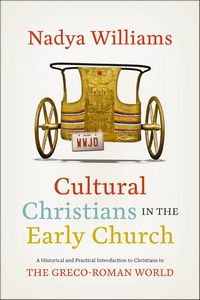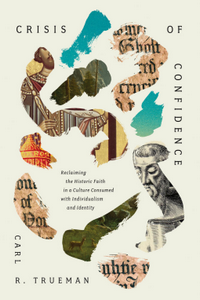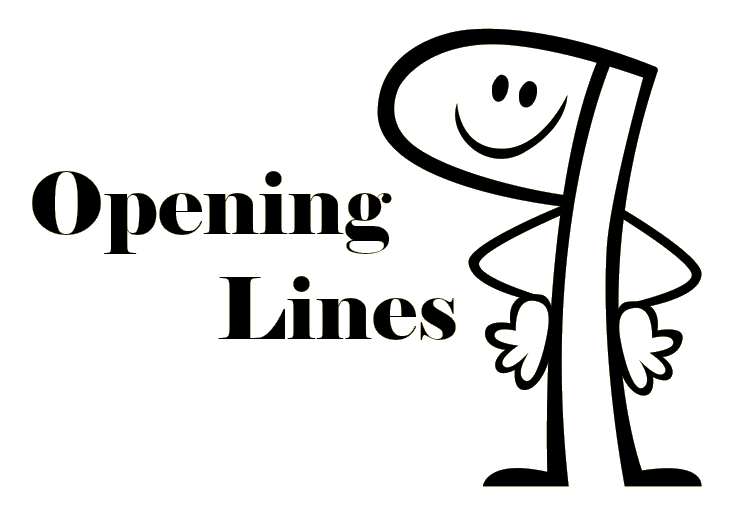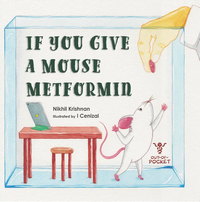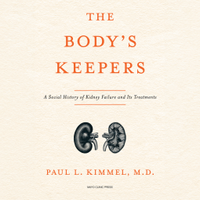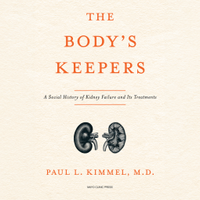by Stephen Brett Eccher
DETAILS:
Publisher: Lexham Press
Publication Date: March 20, 2024
Format: eARC
Length: 288 pg.
Read Date: February 25-March 10, 2024


What’s Zwingli the Pastor About?
Of the first-generation—or Magisterial—reformers, Huldrych/Ulrich Zwingli is probably the least known today—and a lot of what carries his name popularly isn’t necessarily reflective of his actual positions. From what I’ve heard, there’s somewhat of a resurgence of interest and scholarship in Zwingli. Stephen Brett Eccher brings us this introduction to the reformer as part of that.
This is not a biography of Zwingli, nor is it an in-depth examination of his theological insights and writing. As the title suggests, it’s a look at his pastoral work. His life was defined by conflict, and that’s true as well for his ministry.
After a quick overview of his life, including his pastoral work pre-Zurich, Eccher looks at Zwingli’s pastorate topically rather than chronologically. His focus wasn’t on changing the Church throughout the world, or making history (although he did both)—Zwingli’s focus was ministering to the people of Zurich in the pulpit, in their homes, in sickness, and in rapidly changing times.
Disagreeing with Zwingli
I’m not going to argue that an author writing a book about someone else needs to be in lockstep with him (or how could anyone ever write a book about anyone?). But if you disagree with your subject on significant points (and I think this is more true when it comes to theological points than otherwise), you need to exercise care in describing the subject’s positions you differ with—and those people who differed with him. I think Eccher tried, but he could’ve been more successful at it.
The book is critical of Zwingli—in both his actions and teachings—and Eccher handled that well.* It was when (for example) he would describe Zurich’s Anabaptists as they began to disagree with Zwingli, that he stumbled. He never came out and said, “they were right to separate from him over this,” but the tone suggested both that on point X they were obviously correct and it’s not even worth discussing how they were. Even if he did circle back to point X in a few pages or chapters to discuss it properly, it didn’t seem to me that he really gave Zwingli a fair shake on these points, and just assumed that the Anabaptists (or whoever) were correct and that readers already agreed with Eccher (and didn’t necessarily describe Zwingli’s position to the extent he maybe should’ve).
* Largely, anyway. There are a few sentences that I’d like to challenge Eccher to explain/defend. But I’m not going to get lost in the weeds here.
Not knowing that many details about Zwingli on some of these points, I could be wrong about this. Perhaps Eccher didn’t get into details and nuances because they aren’t present on these points of difference. But it didn’t seem like that to me—and I’m just trying to describe my reaction to the text as a reader.
The Structure of the Chapters
Given everything that Eccher sets out to accomplish (and largely succeeds in doing so), this is a pretty short book*. And I’d imagine that Eccher would want to feature some tight writing to facilitate him meeting his agenda. But he doesn’t, each chapter** starts with an introduction set in contemporary Zurich (or somewhere else in Switzerland), and then he comes to a point leading into the chapter.
* It’s listed at 288 pages, in my electronic version, only 65% of the book makes up the text, the rest is bibliography, indices, etc. Which makes this a very short—but dense—read.
** There might be an exception or two to this, but the point stands. And those exceptions will be very similar.
Then it feels like he backs up to set the historical stage, talk about some of the development in Zwingli’s life/thought/ministry before getting to that introductory point, developing it, and then reaching some kind of conclusion.
I’m not doing the best job of describing the structure, but that’s the gist of it. I think it would’ve been far more economical to cut everything before the point where Eccher backs up and sets the historical stage. I don’t think the glances at contemporary Zurich, etc. added anything to the book beyond word/page count. They didn’t detract from anything, but if they added anything I missed it.
And I’m not sure that we needed the brief introductory summary of the chapter’s point, either. At best, they meant you knew where each chapter was heading (if you couldn’t guess from the chapter title)—at worst, I think they took some of the punch of the points away, because you were waiting for them to show up.
This could just be me. It wouldn’t surprise me a whole lot to find that most readers appreciate one or both of these devices (obviously Eccher and his editor(s) liked them). But by the second time I saw him use them, I got a little tired of it—and it needled me every subsequent time.
Five Theses
Eccher completes the book with “Five Theses on Zwingli.” These are summaries of aspects of his thinking/teaching and Eccher’s reflection of them as a whole. His greatest criticisms of the Reformer are presented and explained here. (and frankly, it’s here that Eccher annoyed me more than elsewhere) I would’ve liked each thesis to have been given more space and more development—50-100% more space each, I think it would’ve made them stronger.
That said, this kind of wrap-up/conclusion is a great way to structure the book and complete the examination of Zwingli. I heartily appreciated it.
So, what did I think about Zwingli the Pastor?
Let me start this section by stressing that the above sections described minor things that niggled at me while I read—they are by no means major complaints or shortcomings. But it just takes a while longer to describe something like that than to pay a compliment. And I have several compliments to offer.
For example, the chapters on Zwingli’s ministry during the time of plague—and the devastating impact it had on his life—and his marriage were very strong. The description of the infamous Affair of the Sausages, the lead-up to it, and the fallout from it was another strong point. Eccher went to great pains to show the influence of others—historic and contemporary to Zwingli—on his thinking and actions. As much as people talk about Erasmus’ influence on Luther (largely Luther reacting against Erasmus), it was good to see Erasmus’ influence bearing such positive fruit in Zwingli (much to Erasmus’ woe, I’m sure) up to the point where the two split. Actually, I’m going to cut myself off here before I just start listing the Table of Contents (I could). I do wish we’d gotten a little more describing the circumstances of his death—that portion of the book felt rushed.
One strength of this book is that it avoided the temptation to turn Zwingli into a 21st-century type of Evangelical, or someone who agreed with the author in almost every way. So often when reading a book about a lesser-known figure in church history, you can get the feeling that the author is saying “outside of this little quirk or that, mostly because of their place in history; this guy is just like me.” Eccher doesn’t say that—he seems to admire a lot about Zwingli, but he’s by no mean prone to hero worship or whitewashing any perceived shortcoming.
Going into this book I had only a rudimentary familiarity with Huldrych/Ulrich Zwingli, and while I’ve often thought about addressing that, I hadn’t. This book hasn’t given me a complete and exhaustive look at him by any means—and wouldn’t claim that. But it’s a great, broad introduction to his work and thought. I feel equipped now to go out and read some of his works, and other books about particular aspects of his theology, having this book give me the overall lay of the land.
I encourage others who are looking for a place to start with this often overlooked Reformer to give this a read. If only so it can spur you to further reading and investigation—like I think it has for me—but you’ll know where to dig in.
Disclaimer: I received a copy of this book from Lexham Press via NetGalley—thanks to both for this.

This post contains an affiliate link. If you purchase from it, I will get a small commission at no additional cost to you. As always, the opinions expressed are my own.



![]()


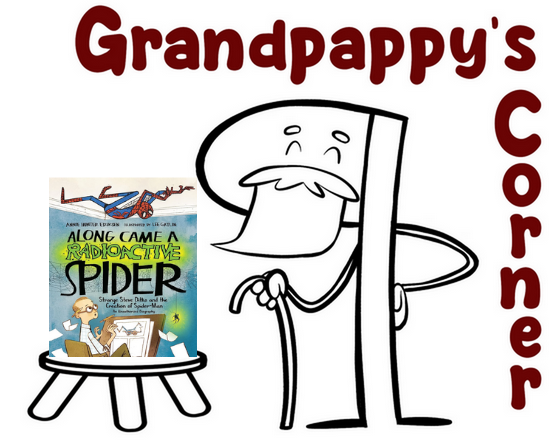

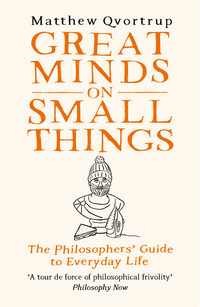
 Artichoke
Artichoke
